The uncertainty that came with the COVID-19 pandemic raised concerns with food security in Singapore and overseas. For some, this piqued consumer interest in growing their own vegetables and edible plants at home. However this all takes time and it helps to know which vegetables you can grow and harvest in a short time span, and how long you have to wait before you can harvest fruiting vegetables. In this post I will cover the types of food you can grow at home, including fast growing edible plants in Singapore, Malaysia and other tropical regions of South East Asia and the world.
Community resilience is fundamental to surviving crisis on a large scale, and food growing is one way to build resilience. However, another way to do so is to share crops and skills. One important thing to note is that you don’t have to grow everything on your own, instead we can all trade excess produce so that we can diversify our diets without stressing ourselves that we need to be self sufficient.
We can also preserve food through fermentation and freezing meals to extend the shelf life of our produce. If we really want to stretch the value of our food and resources, we can make cleaning enzymes and/or compost using our food scraps.
Here are my recommendations of fast growing vegetables you can start growing today in Singapore. For a guide on how to start growing vegetables, please see here.
Growing Microgreens & Sprouts
Microgreens and sprouts take a matter of days to grow and requires minimal effort. While this isn’t really going to fill your belly, it is nutrient-dense and can easily complement your dishes at home.
Note that alfalfa and mung beans (bean sprouts) are quick to sprout and mature in a sprouter, and should be ready by the 6th day, but sunflower seeds will take longer and require soil planting and will mature just after 10 days. Research the growing time of microgreens and sprouts before you get hold of seeds.
This video by Jeremy Coleby-Williams gives a very thorough walk-through on the materials you need to create your own sprouter, choosing seeds and growing. Another fuss-free method of sprouting involves using a colander and kitchen towel, and a bowl to catch water run-off ????
Another method you can try is one which uses a kettle. Just like the two methods mentioned above, you soak the seeds and then water it twice a day, and emptying out any water in the vessel. To grow microgreens, we often need soil and trays, compared to sprouts, which are grown in a sprouter. Here is a video which explains how to grow microgreens.
You can get certified organic, GMO-free sprouting or microgreens seeds from Everything Green and The SeedsMaster. Root Farm also retails microgreens seeds here. You may even try your luck on Shopee or at the supermarket in the nuts, beans and seeds aisle, for example, Bob’s Red Mill’s range of health foods includes seeds but there are other brands you can try. Remember that you should only use seeds meant for sprouting or eating, because seeds meant for gardening can have a fungicide coating.
If you’re planning to grow microgreens, you can buy grow trays from Sprout lab or Shopee or Lazada.
Grow Mushrooms at Home
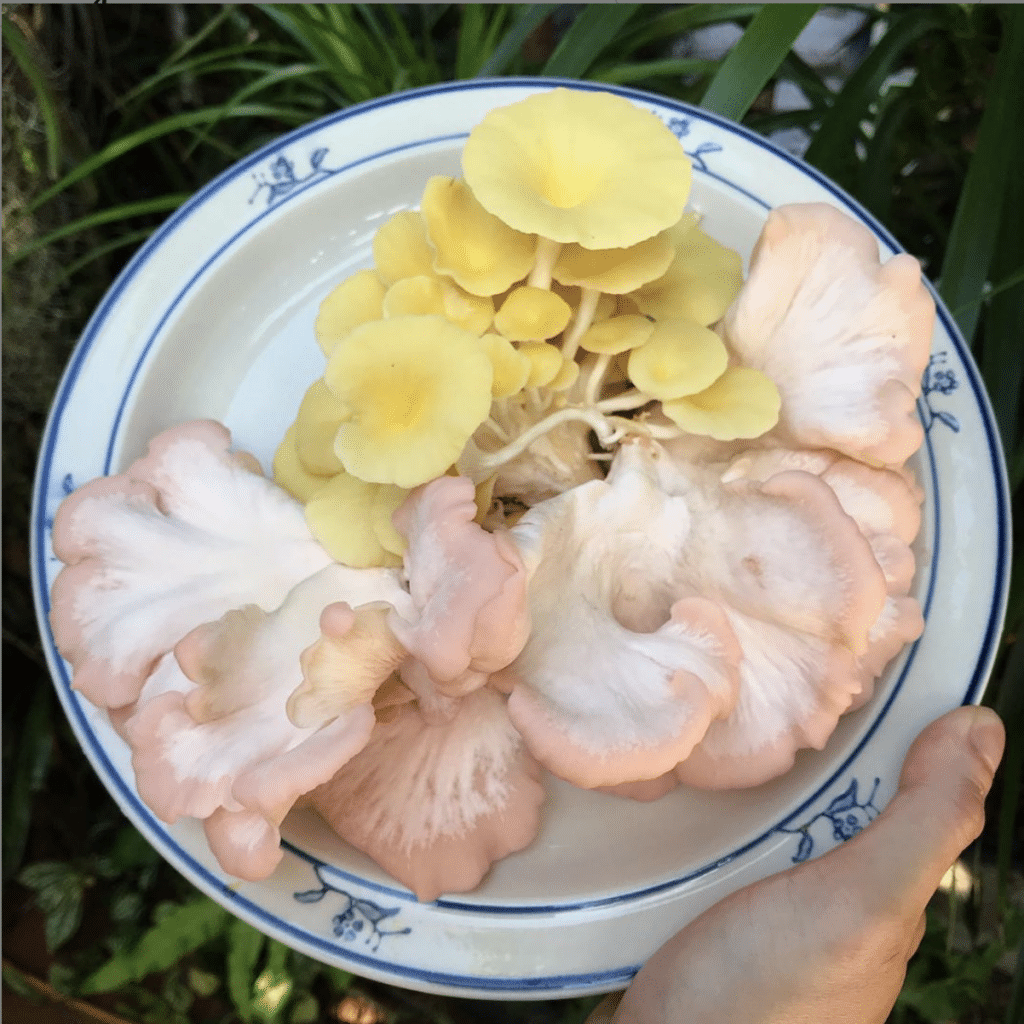
Oyster mushrooms can begin fruiting in as soon as three days after watering. The mushrooms can double in size each day and you can enjoy at least a couple of harvests. Bewilder sells a variety of these and other mushroom kits. Buy these kits from Bewilder, they stock several varieties including: pearl oyster, pink oyster, golden oyster, white Shiitake, Lion’s Mane and different Lingzhi species.
Fast Growing Vegetables
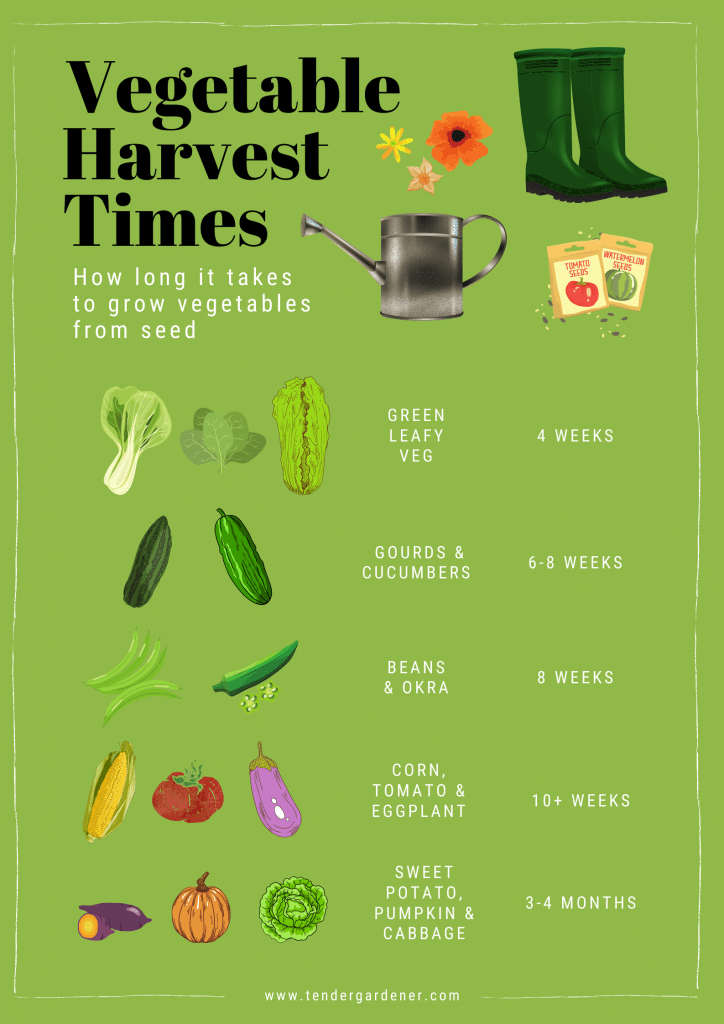
Here is a rough guide on the length of time it takes for vegetables to mature from seed to harvest. This also depends on the variety you are growing and the growing conditions that you provide.
The fastest growing vegetables in our tropical climate of Singapore would be green leafy vegetables. This includes kang kong, lettuce, nai bai, bayam spinach, bok choy, which can be harvested around a month’s time and be continually picked during the growing season. Some green leafy vegetables take closer to 6 or 8 weeks to mature, such as malabar spinach and kale. Those with stems tend to take longer than nai bai or bok choy, for example, kailan takes around twice the amount of time to mature, approximately two months.
While we are accustomed to seeing heads of lettuce and bok choy sold at supermarkets, there is no need to uproot the entire vegetable. Instead we can cut what we need, this is also known as “cut and come again”.
Fruiting vegetables take longer to mature and plants require successful pollination for fruits to develop, however from this point onwards, you will find that the growth occurs quickly and you will get several vegetables per plant. If you are not getting any fruits because of a lack of pollinators, you will need to pollinate by hand using a paintbrush. Also, plants should be well fertilised and sufficiently watered for large and sweet vegetables.
The fastest fruiting vegetable you can grow is the round, red radish, which can be grown within a month. For gourds, cucumbers, beans, okra and chilli, expect to wait closer to two months before harvest time. For corn, tomatoes, eggplants and zucchini, the wait is even longer at around 10 weeks, while sweet potato, pumpkin and some cabbage varieties take longer, between 3 and 4 months time, possibly even longer.
Root vegetables usually take a longer time, taro takes around 6 months to grow, and mung kwang, a type of turnip also known as jicama, can take up to 9 months to fully mature when grown from seed.
In order to get a steady supply of vegetables, we need to sow seeds every two weeks. This is also known as successive planting. Here is a guideline you can refer to.
Wish to grow herbs? Expect your first harvest of basil, mint, dill and many others after 2 months from planting. Here are some useful tips on growing an indoor herb garden. But you don’t have to grow everything from seed, instead there is a quicker way.
How Can I Grow Vegetables Faster and More Efficiently?
Rather than growing from seed, get hold of vegetable seedlings, herb cuttings or even fruit tree cuttings from fellow urban farmers, and shorten your growing time by at least three weeks. Also, grow vegetables that are suited to our hot and humid climate, instead of exotic vegetables. The more exotic the vegetable, the more effort and resources you need to recreate the microclimate.
Some fast growing green leafy vegetables favoured by urban farmers in Singapore include Brazilian spinach, Chinese violets, Philippine Spinach, madeira vine, mani cai/sayur manis and mugwort. Other popular fast growing edible plants include moringa, wild pepper, ulam raja, curry leaf, and longevity spinach.
Join your nearest community garden and ask if they are willing to share or swap cuttings, or participate in Plant Swap Singapore (SG) events to swap seeds/plant/cuttings, you can also ask community members if they have cuttings to spare. Alternatively, you can buy seedlings and established plants from Carousell and plant nurseries.
Regrowing Vegetables from Scraps
Instead of throwing out or composting the odds and ends of vegetables, some can be regrown and consumed at home. These include spring onions, bok choy, lettuce, celery, sweet potato, basil and other herbs that can be stem propagated.
This video is a good introduction to growing food from vegetable scraps and how to take stem cuttings. You can grow in water or in soil, depending on which you prefer. Many like to grow in water because it is soil-less and they consider it cleaner for the kitchen, and it is more convenient to steep it in water for days instead of watering soil every day or so.
Eggs & Other Food Sources
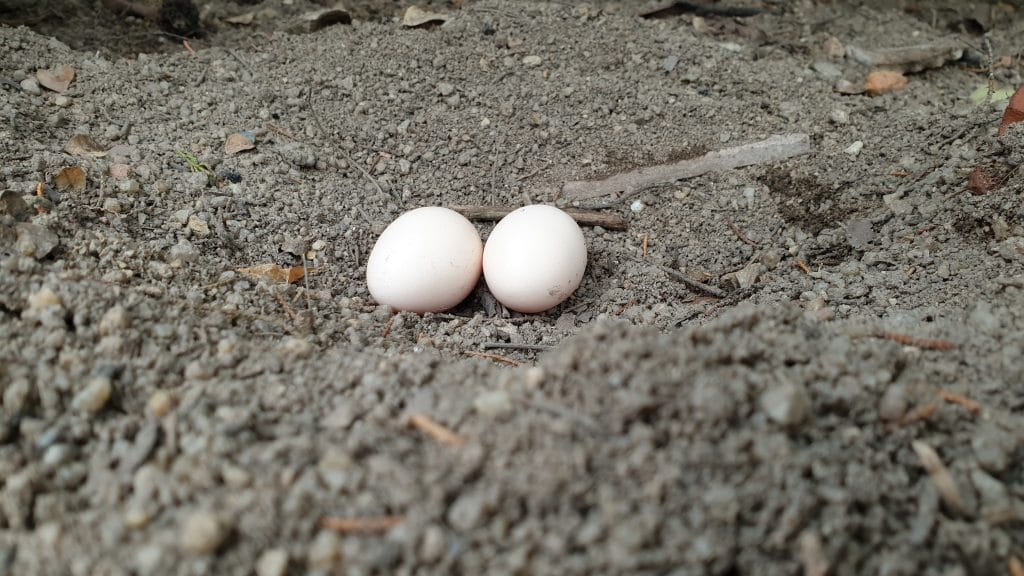
Ok so this one is not a vegetable, but this is good to have for those who are more adventurous and have the space to do so. Rearing your own ducks, chickens and quail is a great way to get a constant supply of eggs.
If you have a garden or backyard space to house chickens or ducks, head to Telegram and look for Backyard Chickens Singapore. Keeping them in apartments is illegal, cruel, and unhygienic, and I do not recommend this.
Other food sources you can consider include rearing your own fish in an aquaponics set up at home, or if you have a garden, you can think about keeping a beehive. There are a few beekeepers in Singapore who teach beekeeping. These include Lesster Leow of the Association of Beekeepers, Xavier Tan of Nutrinest, and John Chong of Bee Amazed Garden.
Rescuing Food From Being Wasted
We have a lot of food waste in Singapore, and if you are open minded enough, you can join the ever-growing food rescue movement, SG Food Rescue. Each week, the group salvages (mainly) edible fruits and vegetables that for varying reasons are unwanted by fruit and vegetable sellers in Pasir Panjang Wholesale Market and other locations.
This can be because they have too many they cannot sell in time before it goes off, or the produce is oversized or don’t meet supermarket size standards. Or maybe it’s deformed or has blemishes aka “ugly food”. This food ends up being donated to volunteers (yes, you can be one), to community fridges in Yishun and Tampines, and recipients who need it.
Another food waste resource is Treedots. They recently partnered Tingkat Heroes to offer the public more affordably priced cuts of chicken and seafood. This is made possible by group buying and bulk purchasing.
Need a leg up in planting fast growing vegetables in Singapore? Check out my beginner’s guide on how you can grow vegetables in Singapore.
If you enjoyed this post, do follow me on Instagram and Facebook for more gardening content. Also, check out my YouTube channel for garden tips and stories!

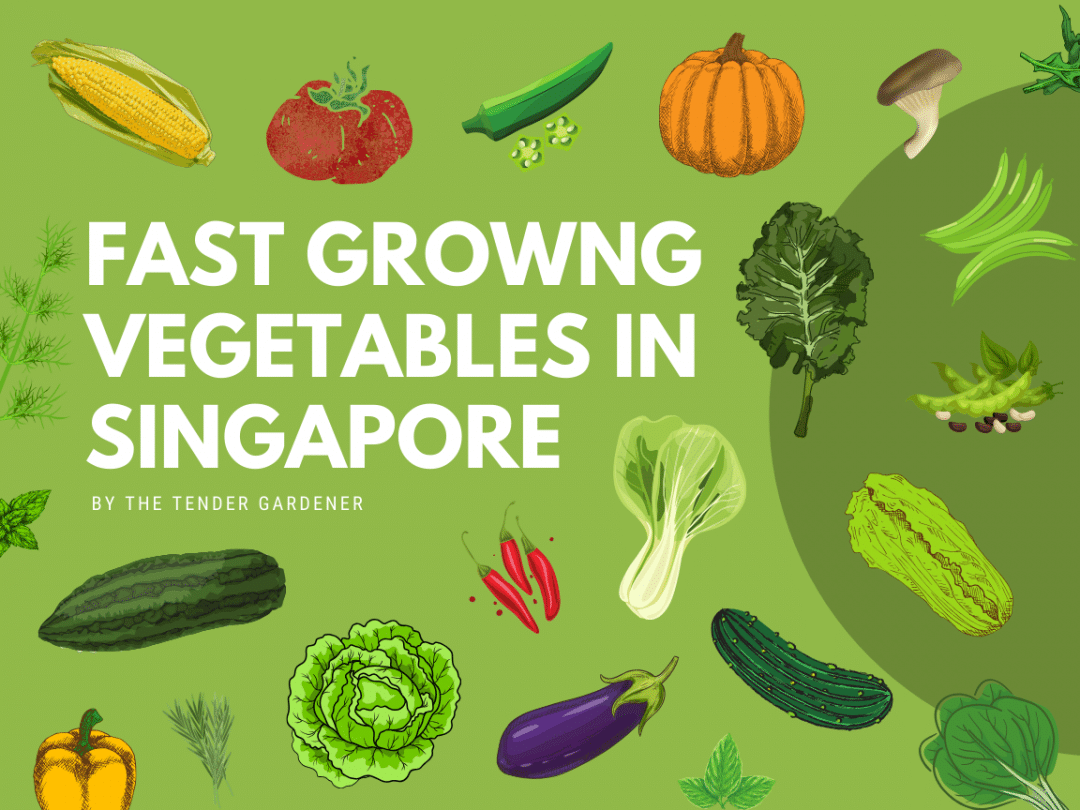
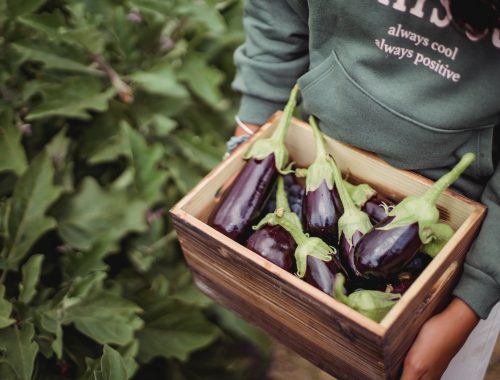
No Comments